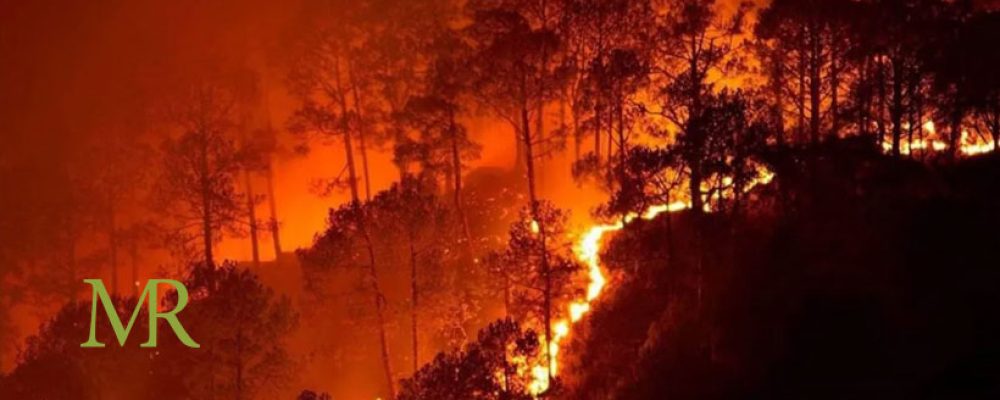It’s hard to survive (and thrive) in the cannabis industry, and the fires up and down the west coast aren’t making things any easier. Whether it’s dealing with crops possibly tainted by continual exposure to smoke, ash, heat and fire retardant, or decimated farms and property, things are interesting on the weed front. In essence, the current fire season and rampant wildfires have plenty of cannabis farmers concerned that this is a new normal, requiring an adjustment in business models.
Fiery, Oregon
The summer was relatively calm except for COVID. Most Oregonians were breathing cautious sighs of relief, optimistic that wildfires wouldn’t plague the region as they had in recent years. That changed in early September, as a series of fires kicked off up and down the state. Approximately 20 percent of state-licensed cannabis businesses were told to evacuate after high winds fueled a certifiable raging inferno. Skies darkened; ash fell from the sky. The sun was a muted orange ball in the sky. Mountain vistas disappeared.
In southern Oregon, East Fork Cultivars exists on the brink of destruction. Wildfires have already burned through several neighboring farms. So many questions remain. Will precious genetics be destroyed? Will existing crops manage to pass strict, mandated state testing for contamination?
According to the Oregonian, roughly 20% of Oregon’s licensed cannabis companies — over 400 — are in evacuation areas. Some have already met their demise. Talent Health Club, in Talent, Oregon, was destroyed by the Almeda Fire. The industry has started to coordinate relief and assistance to those who need it, from offers of storage to supplies.
Ablaze, California
California’s Emerald Triangle, aka the OG of domestic weed, has also been dramatically affected by the fires. Parts of the region were ordered to evacuate as the largest wildfire ever made its swift approach. A large swath of Humbolt, Mendocino, and Trinity counties have been evacuated, meaning that plenty of cannabis farms are under threat.
Itinerant cannabis workers were already showing up ready for harvest and trimming work, and local officials remain concerned about the industry’s state in the region. This comes after August wildfires in the San Francisco Bay Area destroyed numerous cannabis farms.
As of this writing, many of the fires up and down the west coast are still burning. Total losses will be significant, and when things will even out and return to “normal” aren’t clear. There are already murmurings of potential supply chain effects as crops are officially wasted due to contamination or storage issues.
Smokey, Washington
While not technically on the coast per se, several licensed cannabis cultivators and manufacturers were almost wiped out by a combination of winds, dust storms, and integrated area wildfires in central Washington state. Farms not technically destroyed still have a host of concerns about the years’ crop, including dust contamination, uprooted crops, and for light-dep producers, power outages. Many growers rely on lights (and electricity) to get their plants to flower before harvest.
Cannabis farmers up and down the west coast might just have to factor in annual wildfires to their operating costs. That concept concerns some business owners, who worry that these fires will drive out many smaller farmers. The result? More consolidation and less competition.


